I'm finally going to share with you all the last big herping trip we took when Dave visited back in May (seems so long ago now!). For more, see the previous posts about our trips to the bog and the prairie.
The driftless (or unglaciated) region of the upper Midwest is a unique area, with unique habitats and somewhat unique reptiles. Unlike the rest of this region, which was scoured nearly flat by glaciers, the driftless area was spared. The glaciers parted and moved around an area along the Mississippi River on both sides, and includes portions of Minnesota, Wiscsonsin, Iowa and Illinois.
Due to the lack of recent glacial activity, there is a large topographic relief in this region and deeply carved river valleys and associated hillsides are common. Such relief gives the driftless area an appearance that is about as close to mountains as one gets in the Upper Midwestern USA.
But, reality (and gravity, if one slips on the hillside) are a real pain in the neck!
Photo by D.M.
Photo by D.M.
Photo by D.M.
The Common Gartersnake (Thamnophis sirtalis)
Photo by D.M.
Photo by D.M.
Although they can be found out in the open, often Timber Rattlesnakes hide in rock crevices that require alittle digging.
Photo by D.M.
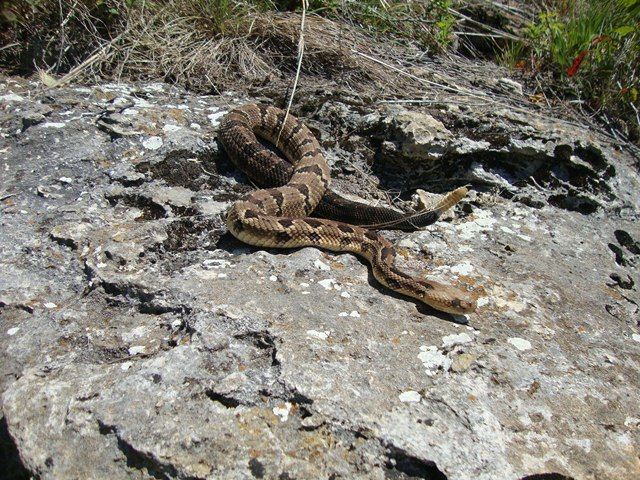
Throughout human history, snakes have been treated harshly by we upright-walking apes. Rattlesnakes (and any venomous species) feel the effects of this disdain to an even greater degree. Thus, Rattlesnakes throughout the upper Midwest are very rare and often Protected under individual state regulatory statutes/laws.
For more info, see this entry from a neighboring blog Salameandering.
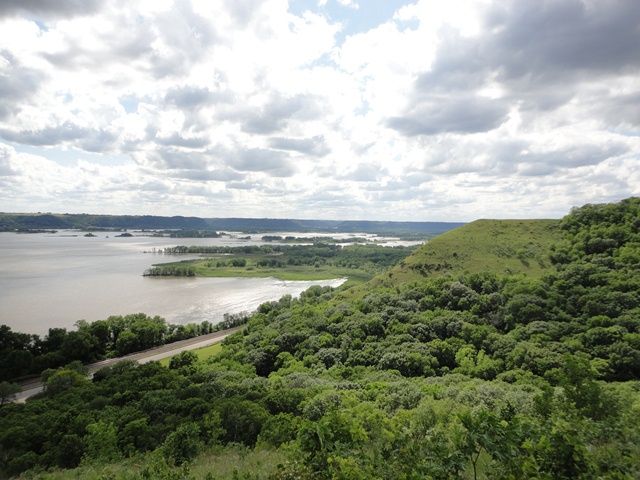


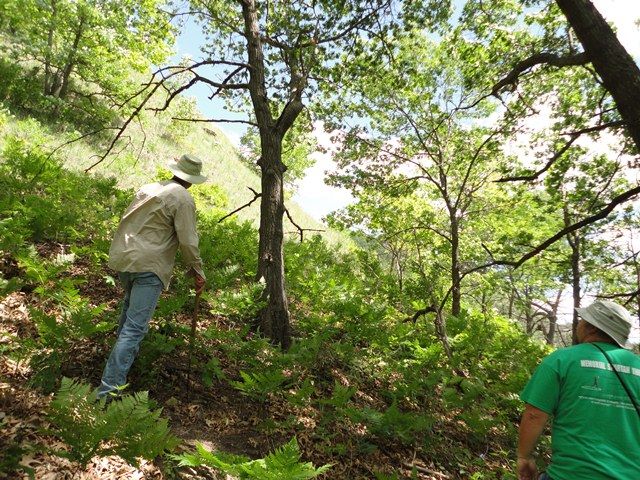
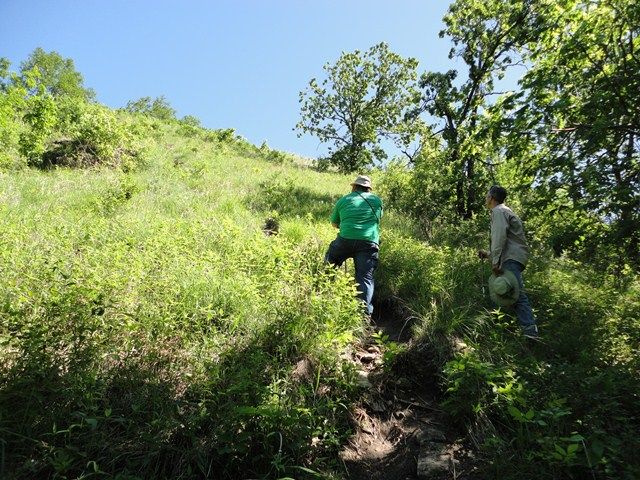

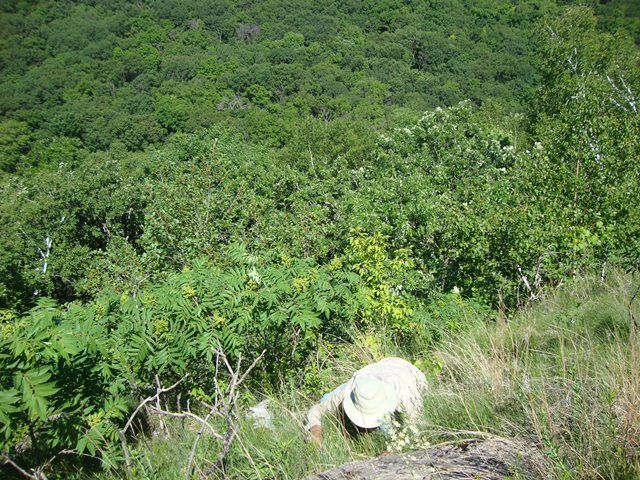



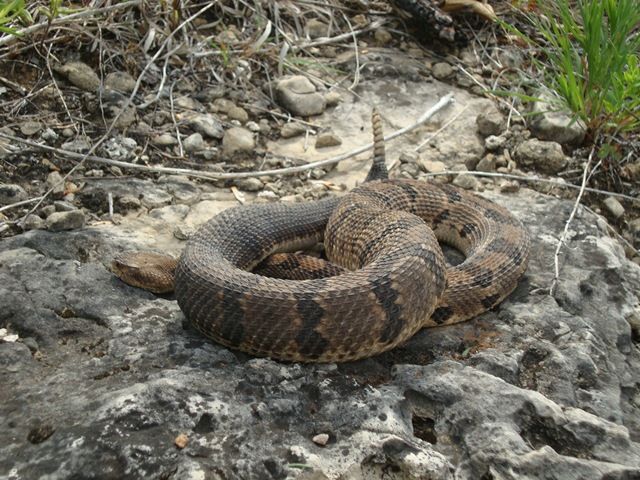
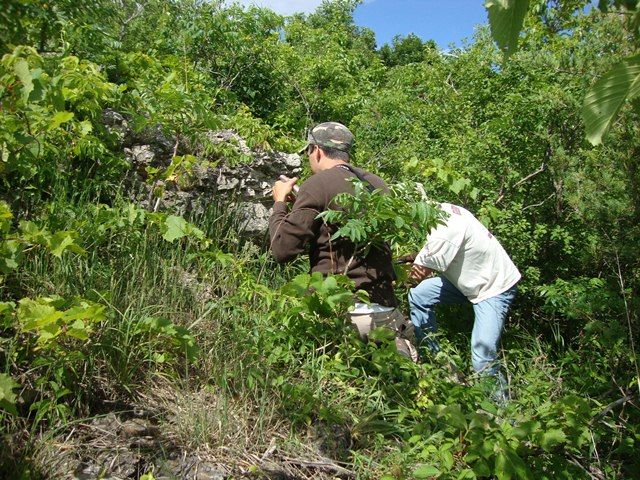
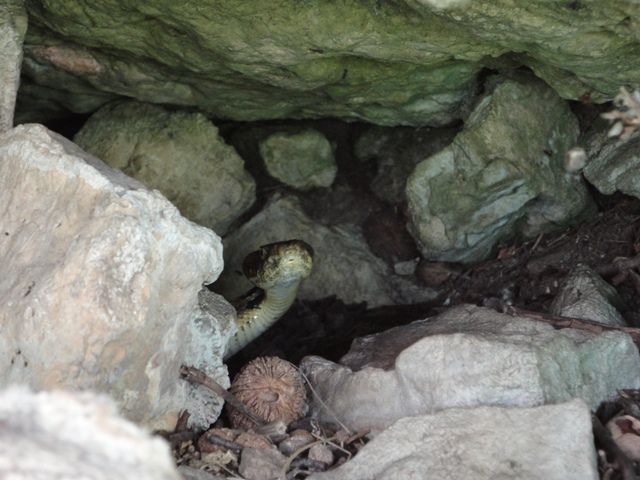
No comments:
Post a Comment